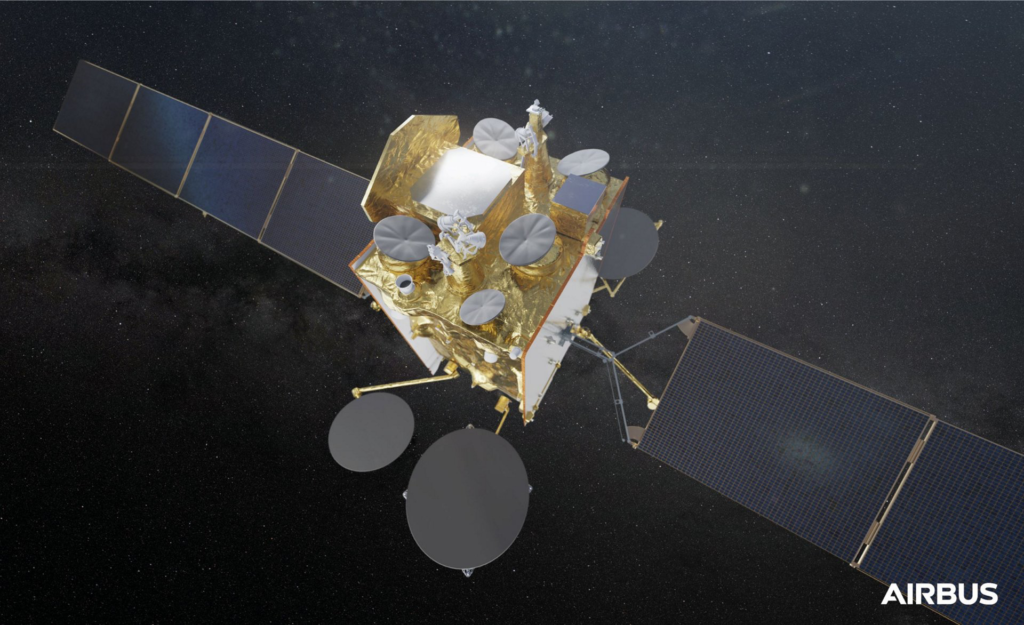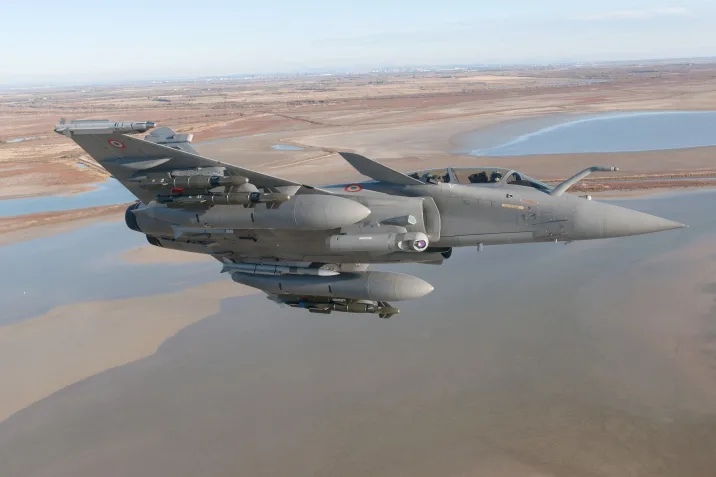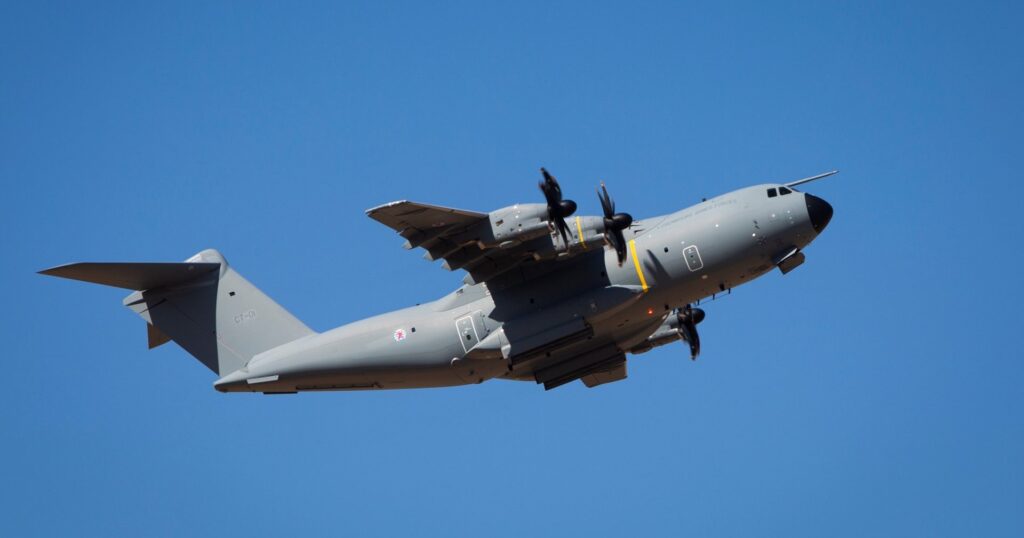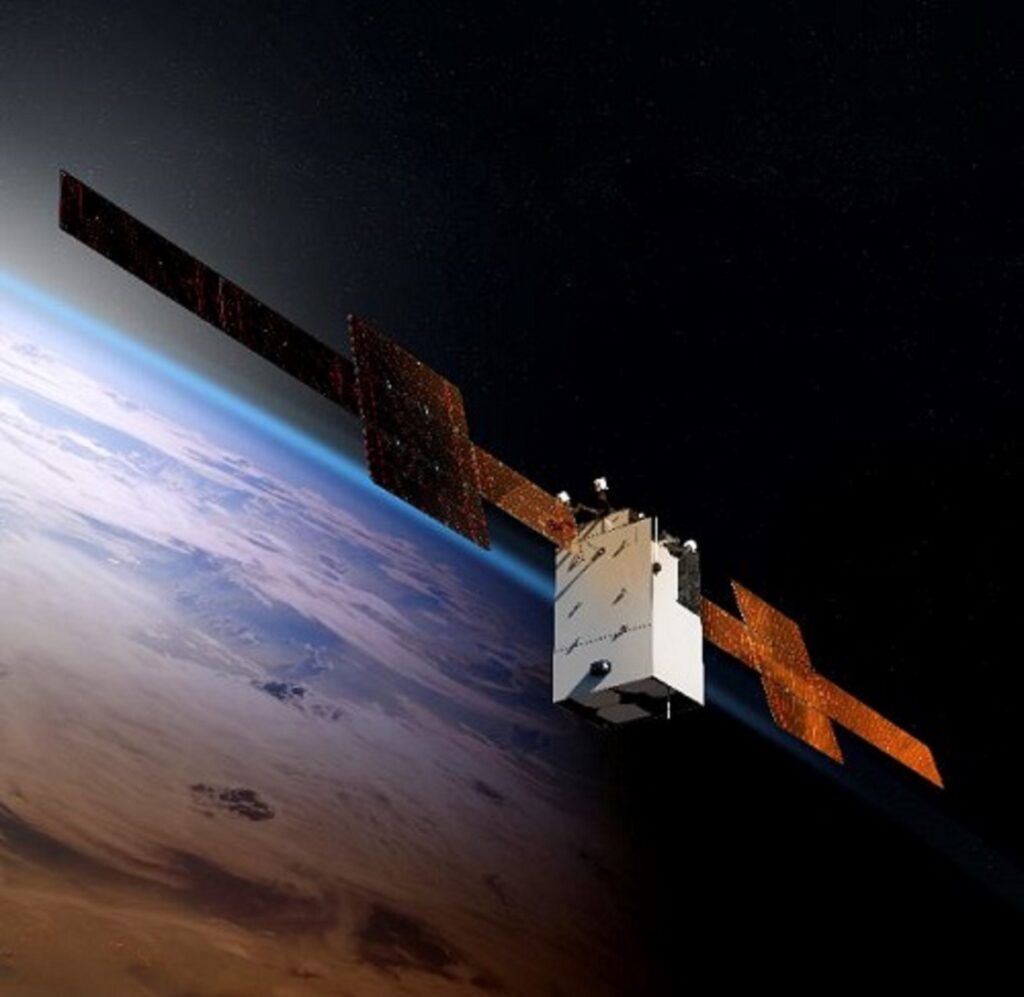Airbus Wins First Syracuse IV Ground Segment Program Contract
Paris, France 4 March 2020 – Within the Syracuse IV programme, Airbus (Paris: AIR.PA) has been awarded a 10-year framework agreement called Copernicus for the construction and upgrading of part of the ground segment for the…






